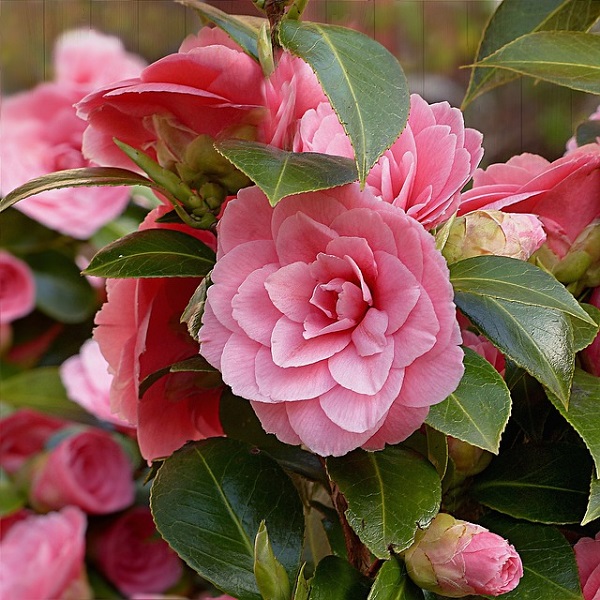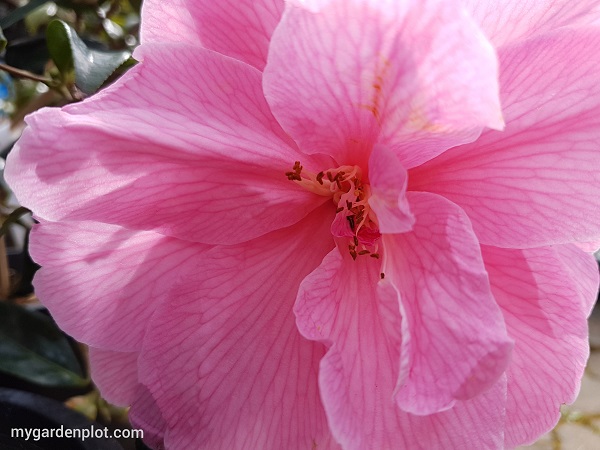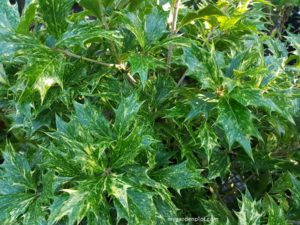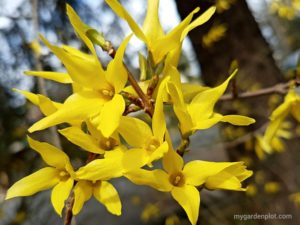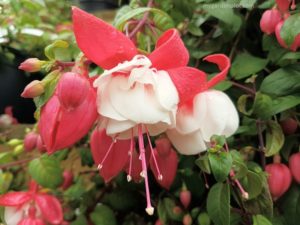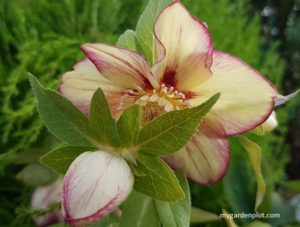About Camellias (Chinese Rose, Japanese Rose)
The camellia is native to China, Japan, South Korea, and India. It is one of the oldest cultivated shrubs in the world. The Camellia sinensis is indigenous to the Assam region in India. While it is not known for its blooms as with the other camellias, it is commonly known as the “tea plant” and used to produce tea. As much as I would love to delve into the C. sinensis, at this time, I am referring to the ornamental C. japonica and the various varieties easily sold in garden stores. There are over 300 species and over 3000 cultivars of camellias named today. Here are tips on how to grow, care and prune your camellia.
The camellia flower is sometimes described as rose or peony-like in form. They come in an array of colours of whites, pinks and reds, and multicolour too, as with the ‘Candy Cane’ pictured below from our garden. I particularly like camellias for their glossy evergreen foliage, which make it a perfect shrub for year-round screening or as part of a garden design arrangement. If you love peonies, you will love the camellia flower.
Decorative Camellia japonica (Japanese Camellia)
The Camellia japonica (Japanese camellia) is the most popular of camellias in home gardens. This early-blooming favourite is easy to grow and very suitable for the growing conditions found in the Pacific Northwest. Before its recognition as a popular garden choice here, the camellia was introduced to England and Europe in the 18th century and grew in popularity in the 19th century.
RELATED TOPIC: Learn More About Paeonia (Peonies)
Camellia japonica (Japanese Camellia) At A Glance
Type: Evergreen Shrub
Location: Part shade
Seasonal Interest: Late Winter / Spring Flowers, Year-round Foliage
When To Prune: Mid / Late Spring (after flowering)
Spread/Height: 6 x 10 ft (1.8 x 3 m) – Some mature, established camellias can grow upwards of 15 ft (4.5 m)
Plant Hardiness Zones: 6, 7, 8, 9
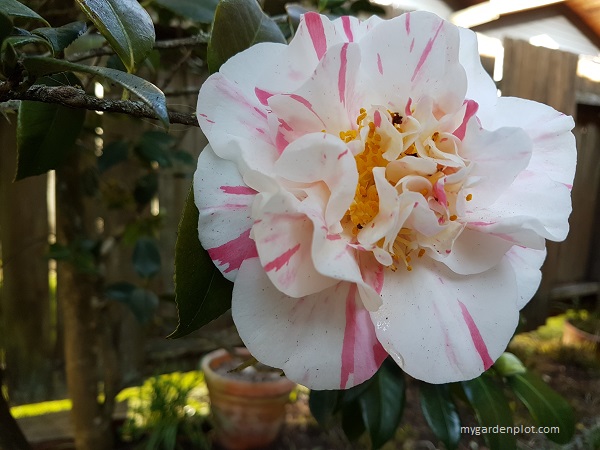
RELATED TOPIC: More Spring Flowering Shurb Favourites
Where To Plant And How To Care For Camellias
Due to the climate and weather patterns, Camellias thrive in the coastal subregions of the Pacific Northwest. Well-drained, moist, acidic soils rich in organic material are perfect for growing camellias. They are acid-loving plants. Alkaline soil and poor drainage cause problems for camellias. They thrive in a sheltered location, in light shade and away from drying winds and hot full sun.
Fertilize annually with a formula for acid-loving plants in late spring or early summer.
Applying mulch in early spring will help your camellia keep cool roots and prevent it from drying out over the hot summer months. Keep the mulch away from touching the base of the camellia.
Camellias appreciate regular watering. Established shrubs planted in the right environment can survive will little supplementary moisture.
RELATED TOPIC: Buyer’s Guide On How To Choose Hand Pruners (Secateurs)
How To Prune Camellia Shrubs
Camellias are low maintenance plants, and do not require routine pruning to keep healthy other than to improve the plant’s appearance. However, to ensure a young plant keeps its bushy form, remove any leggy or straggling stems.
If any pruning is required, it is best done later in spring after flowering but before new growth starts. Prune any dead or weak growth. Dense shrubs may need to thin some stems to enhance the showy blooms.
Mature camellias that need restoring its shape can handle pruning back one-third to a half of their height.
Tools Needed For Pruning Camellias
Below is the list of essential tools needed to prune your camellia. This will improve its appearance and deliver an amazing flower display. Have all your pruning tools ready by mid-spring, or as soon as your camellia has finished flowering.
- Hand Pruners – Bypass pruners are the most popular choice for gardeners and a must in a pruner’s tool kit. Bypass means the blades pass each other in a scissorlike action providing a clean cut without splintering the stem’s edge. The anvil-type pruner, where the upper blade cuts against a lower flat edge, must always be kept sharp. Otherwise, it will crush the stem while trying to cut it.
- Long-handled Loppers – These are similar to pruners but with long handles. These are heavy-duty and great for harder to reach stems and branches that may also be too thick for pruners. Loppers with extendable handles offer that extra reach.
- Pruning Saw – Saws are useful for thick stems that are growing close together. A Grecian saw or Japanese-blade pruning saw is a handsaw with a curved or straight edge that works with a pull-stroke action. Great for those stems that pruners and loppers can’t cut. It will need a protective case. We also recommend a folding hand saw with a pull-stroke action for smaller gardens. It looks similar to a large pocket knife and works in the same manner as a Grecian saw.
- Garden Gloves – Gardening gloves help keep hands clean and provide protection. Fabric gloves with vinyl offer a good grip on the fingers and palm. Good for warmer weather. For more challenging jobs, a pair of suede or leather gloves go a long way. Not too comfortable in warmer weather, though.
RELATED TOPIC: Buyer’s Guide On How To Choose A Pruning Saw
Pests And Diseases That Affect Camellias
Aphids and scale insects can occasionally affect camellias, which can cause sooty mould fungus. This is unsightly but not harmful to the camellia. Spray with a mild pest control solution if this issue arises. And wash off the dark mold from the leaves, which is really just caused by the insect’s poop which the mold feeds on. Deer can sometimes nibble on young leaves but generally will leave camellias alone.
RELATED TOPIC: How To Deer Proof Your Garden With Deer Resistant Plants
